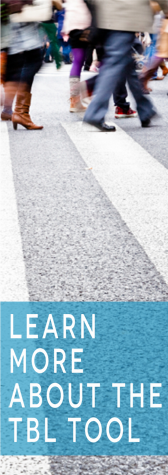 V.1
V.1




Välj den bästa Flyttfirman i Nacka för en smidig flytt
Att flytta kan vara överväldigande, men med rätt flyttfirma vid din sida blir det en sömlös process. Vår flyttfirma i Nacka har åtagit sig att tillhandahålla professionella och effektiva flytttjänster, oavsett om du ska flytta ditt hem eller ditt kontor. Vi förstår hur viktigt det är att dina tillhörigheter hanteras med omsorg, och vårt team är dedikerade till att säkerställa att varje steg i din flytt är stressfritt.
Våra tjänster täcker allt från packning till transport och uppackning, vilket säkerställer att du kan fokusera på att bosätta dig i ditt nya utrymme utan oro. Oavsett om du flyttar lokalt eller långväga så finns vi här för att göra din flytt så smidig som möjligt flyttfirma nacka. Att välja en pålitlig flyttfirma är avgörande för en lyckad flytt. Det är därför våra flytttjänster utmärker sig i Nacka.
När du flyttar hos oss kan du lita på att dina ägodelar är i trygga händer. Våra professionella flyttare är utbildade för att hantera föremål i alla storlekar, från ömtåliga värdesaker till tunga möbler. Vi använder högkvalitativt förpackningsmaterial för att skydda dina ägodelar under hela flytten. Oavsett om det är en liten lägenhet eller ett stort kontor, ser vi till att allt kommer fram till sin destination på ett säkert sätt. Vår noggranna känsla för detaljer är det som gör oss till en pålitlig flyttfirma i Nacka.
Vi tror på att erbjuda tjänster av hög kvalitet till priser som inte knäcker banken. Med vår transparenta prismodell får du en offert i förväg utan dolda avgifter. Våra priser är utformade för att passa din budget, oavsett om du flyttar över staden eller över landet. Vårt engagemang för överkomliga priser äventyrar inte vår servicekvalitet. Du kan förvänta dig professionella flyttlösningar utan några överraskningar.
